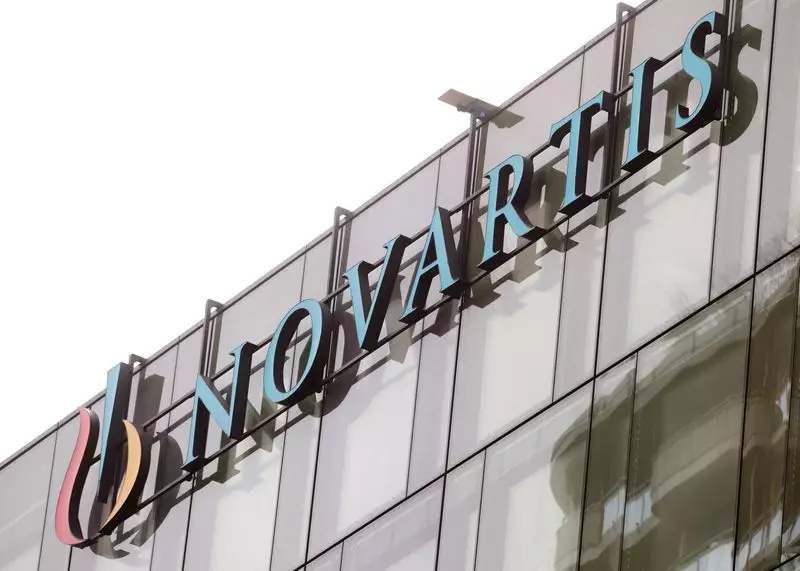In a recent interview, CEO Vas Narasimhan shared a bullish forecast for Novartis, projecting a consistent annual growth rate of at least 5% through 2028. This outlook aims to assuage fears that often accompany the expiration of patents on the company’s blockbuster drugs, particularly given the industry’s historical precedent of declining revenues when key patents lapse. With eight to nine drugs anticipated to generate multi-billion dollar sales, the company is banking on its robust pipeline to ensure sustained economic vitality. Narasimhan’s confidence reflects not only strategic foresight but also the organization’s commitment to innovation in the competitive pharmaceutical landscape.
While the positive growth forecast is commendable, Narasimhan acknowledges the imminent challenge of maintaining a steady flow of new medications. The pharmaceutical industry is notorious for its lengthy and costly R&D processes, which can hinder the timely emergence of new treatments. Despite this, Novartis appears to be navigating these issues with confidence, demonstrating a proactive approach to research and development. The company’s insistence on encouraging innovation is essential, especially in addressing the risks that accompany patent expirations, such as market share erosion and competitive pressure from generics.
Profit Margins and Investment Strategy
In a departure from typical industry strategies, Narasimhan has opted not to prioritize significant expansions in core operating profit margins, which currently stand at 40.1%. Instead, he suggests that a margin in the low 40% is adequate and emphasizes the importance of reinvesting profits into research, development, and sales initiatives. This approach reflects a sustainable growth mindset, advocating for long-term investment over short-term financial gain. Narasimhan’s strategy may challenge conventional wisdom in the pharmaceutical sector, yet it positions Novartis to remain a leader in innovation rather than merely a profit-driven enterprise.
Looking to enhance its portfolio, Novartis is exploring acquisition opportunities, particularly focusing on smaller, strategic transactions valued at under $1 billion. However, Narasimhan has not ruled out larger acquisitions, implying that the company remains open to significant investments to further bolster its growth strategy. This dual approach of targeting smaller deals while keeping an eye on larger acquisitions indicates a balanced growth strategy that could provide the company with the agility it needs to adapt to market changes while expanding its product offerings.
While the expiration of drug patents often signals downturns in the pharmaceutical industry, Novartis exhibits a distinctive confidence in its ability to navigate these challenges. With a strong emphasis on maintaining robust R&D efforts, a realistic approach to profit margins, and a well-thought-out acquisition strategy, the company seems poised to achieve its goals. As it prepares for 2025 and beyond, Novartis is not just anticipating growth—it’s strategically planning for it, ensuring it remains a notable player in the ever-evolving pharmaceutical landscape.

